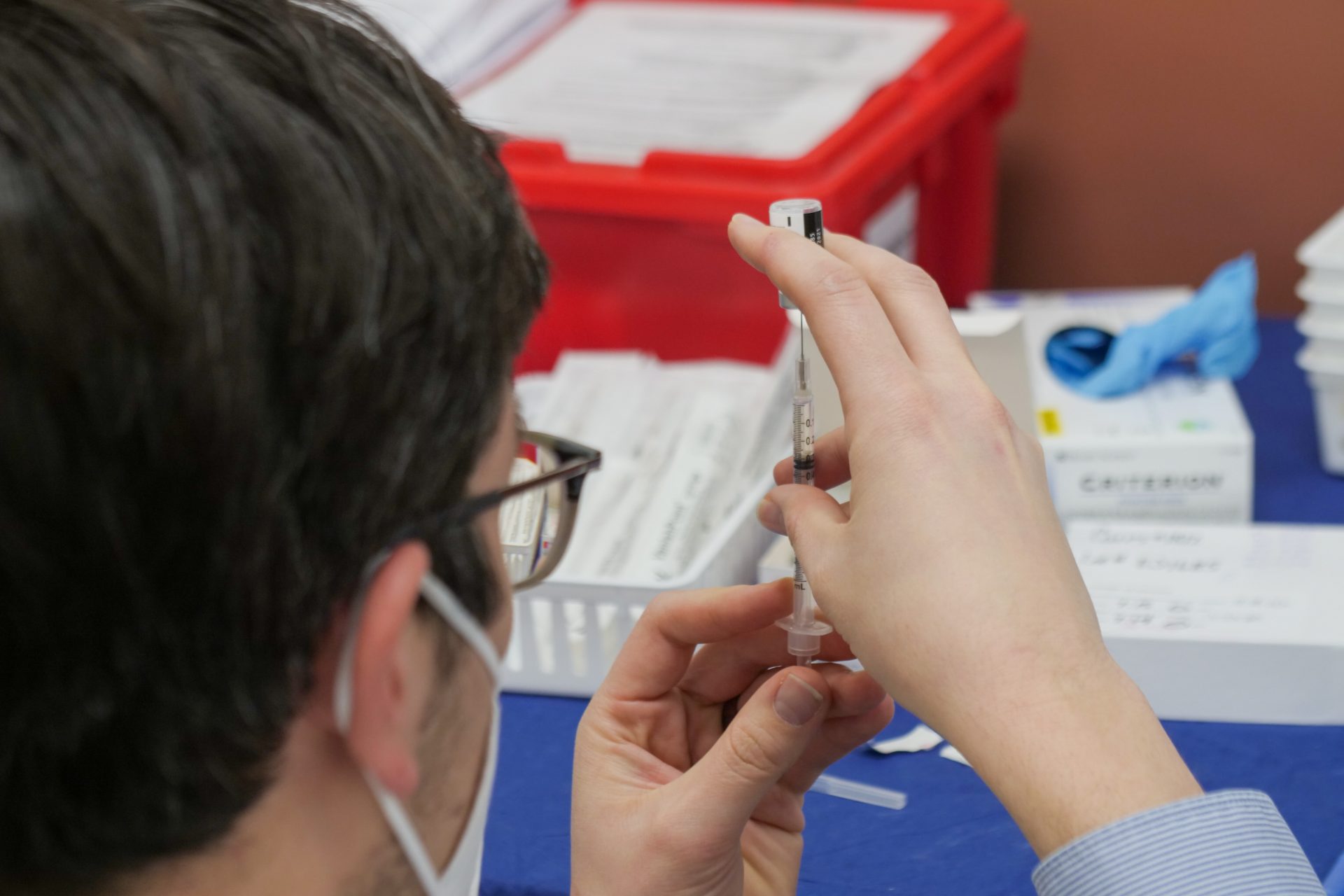Shortcomings in COVID-19 vaccination funding and a slow rollout have created challenges for President Joe Biden’s American Rescue Plan, which strives to combat the COVID-19 crisis by administering 100 million vaccinations during his first 100 days in office.
In contrast to former President Donald Trump’s Administration, which provided states with the authority to determine methods for vaccine administration, the Biden Administration instead shifted the focus to distributing doses to populations most at risk. Biden’s American Rescue Plan aims to increase vaccine accessibility to underserved communities through economic relief measures and the establishment of additional vaccination sites.
“We want to see the federal government coordinating more doses between states and even within states between nursing homes and the general public so that we’re not allowing inventory to sit unused in areas where there’s lower demand,” Dr. Howard Forman, a Yale professor of public health and advisor to Biden’s campaign, said in an interview with TIME.
Secretary of Defense Lloyd Austin approved the deployment of over 1,000 active-duty troops to assist in dispensing vaccines countrywide on Feb. 5.
“The military’s critical role in supporting sites will help vaccinate thousands of people per day and ensure that every American who wants a vaccine will receive them,” Austin said in a White House press briefing.
The federal government is partnering with each state to expand vaccination sites. California Gov. Gavin Newsom announced the state will be working with the Biden Administration to establish community vaccination sites in Oakland and Los Angeles during a press conference on Feb. 3.
“In the fight against COVID-19, partnership is key, especially when it comes to reaching Californians in underserved areas. These new sites will help us get available supply to some of the California communities most in need. I thank the Biden Administration for standing with us as we continue our efforts to safely, swiftly and equitably vaccinate all Californians,” Newsom said.
The placement of state-federal vaccination sites helps reach areas that have been disproportionately impacted by COVID-19 by aiming to increase treatment accessibility statewide.
In addition to state-federal vaccination sites, the state of California has created its own sites throughout counties. In Southern California, mass vaccination sites have been established at locations such as the Disneyland Resort, Dodger Stadium and the Forum.
A drive-thru vaccination site has been added at Soka University in Orange County. This location was created to allow those with disabilities to stay in their cars while receiving the vaccine. The county also plans to expand the languages offered in their vaccine program to accommodate a broader range of non-English speakers.
CVS Pharmacy announced they will be offering COVID-19 vaccinations at 100 locations across California for those who are eligible on Feb. 2. The vaccinations will be available at select locations beginning Feb. 11.
People can check their eligibility for the vaccine and schedule an appointment here.
Currently, 59,307,800 doses have been administered across the country, and 9,147,185 people have received two doses. The CDC continues to monitor the number of vaccinations daily.
Even with aid from the Biden Administration, states continue to face challenges with expanding vaccine distribution. Some states have relied on local resources and private companies when operating independently of the federal government.
“We have been given little information about the amount of vaccines the states will receive in the near future and are of the impression that there may not be 1 million doses available per day in the first 100 days of the Biden Administration,” Dr. Marcus Plescia, chief medical officer for the Association of State and Territorial Health Officials, said in an interview with Kaiser Health News.
Despite the federal government’s plan to increase vaccinations, Los Angeles County has not received enough doses to meet the necessary quota for the American Rescue Plan. States also face a shortage of funding for expanding vaccination sites.
“States have to pay for creating the systems, identifying the personnel, training, staffing, tracking people, information campaigns — all the things that go into getting a shot in someone’s arm,” Kaiser Family Foundation Director of Global Health and HIV Policy Jennifer Kates said in an interview with KHN.
Biden’s $1.9 trillion American Rescue Plan requests the assistance of Congress to provide $160 billion in funding.
“You can’t do it with half measures. You need to throw everything you have at it,” White House Chief of Staff Ron Klain said in an interview with TIME.
The rollout plan for vaccinations depends on $20 billion in federal funding for local officials to dispense doses. The Biden Administration plans to increase supplies by using the Defense Production Act to bolster the production of vaccines.
Economists believe the economic strife created by COVID-19 will subside at the end of the pandemic, which is not expected to occur until late summer or fall of 2021. Biden’s proposed relief bill will assist Americans up until that point.
The bill proposes an increase from $300 to $400 in unemployment payments and direct stimulus payments of $1,400 to most Americans. The relief bill will also fund sick days for low-income citizens who need to take time off from work to get vaccinated.
“But again, the end result is, it’s not just the macroeconomic impact on the economy and our ability to compete internationally; it’s people’s lives,” Biden said during a meeting with House Democratic leaders on Feb. 5. “Real, live people are hurting, and we can fix it. And we can fix it. And the irony of all ironies is, when we help them, we are also helping our competitive capacity through the remainder of this decade.”
Amy Duong is a City News Staff Writer. She can be reached at amynd@uci.edu.


